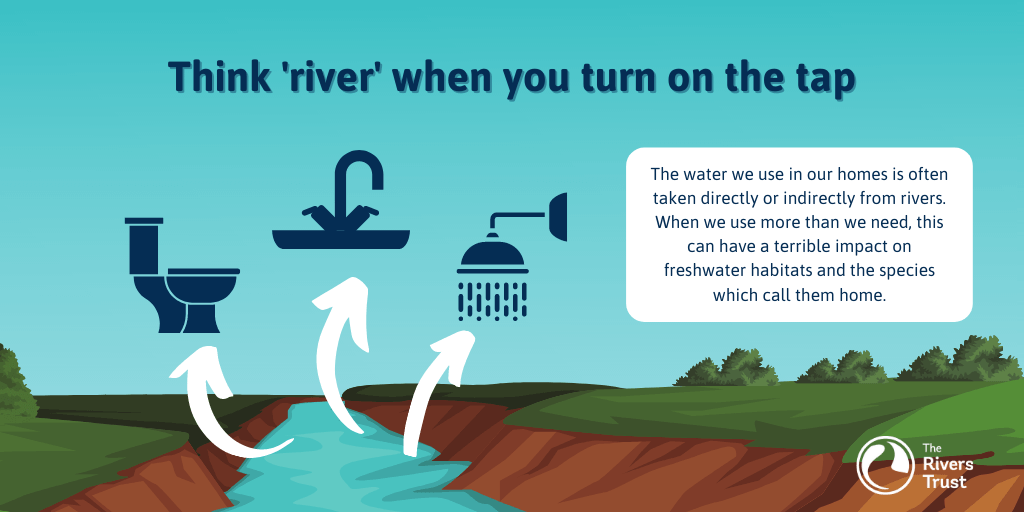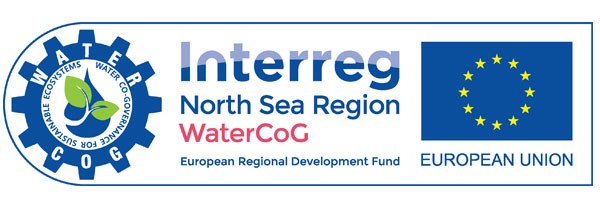
World Water Week: think ‘river’ when you turn on the tap
24/08/20
Do you know where your water comes from?
Roughly two thirds of the water we use in our homes is obtained from lakes, reservoirs and rivers. The rest is obtained from underground sources known as aquifers. It's all linked to rivers, though; many reservoirs are river-fed, and many aquifers feed rivers—so withdrawing from these sources can also impact water levels in freshwater ecosystems.
Once the water is withdrawn, it can be stored for later use in reservoirs, or treated immediately for use in the home. The water goes through a series of treatment processes to remove any sort of contamination, before finally being pumped into your home. We turn on the tap, and—hey presto!—clean water comes out.
As a society, we are very disconnected from the reality of our water supply. It can be very hard to relate the water which comes out of the tap to the water which feeds our rivers. If you had to walk to the river every day to get water, would you use it more sparingly? Next time you turn on the tap, think 'river'. Taking small steps toreduce your water footprint can make a huge difference for the wildlife who call rivers home.

Our impact on rivers doesn't stop when we first turn off the tap. When we use water in our homes—whether that's by taking a bath, cleaning dishes in the sink, or flushing the toilet—we often don't think about what happens next. Out of sight, out of mind. Under normal circumstances, this water would be taken for treatment—but that's not what always happens. During periods of heavy rainfall, anything you pour down the sink or flush down the loo can be released directly into rivers. If this fact worries you, please see our Together for Rivers campaign to find out how we're fighting back against sewage pollution.
We all need to see ourselves as a part of the water cycle. We need to be conscious of our water use, remembering that water is a finite resource. Each time we turn on the tap, we are actively taking water out of the environment. By being responsible with our water use, we can ensure that there is enough water to go around—for us as humans, and for the species which call freshwater habitats home.
